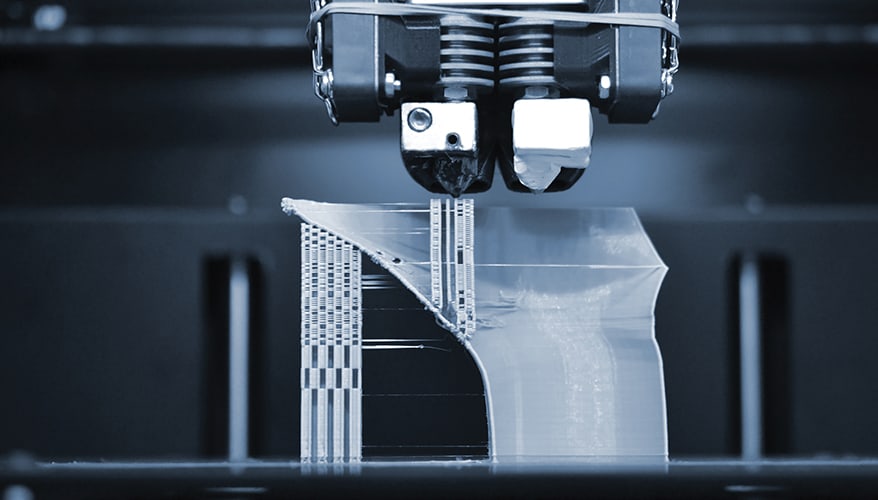3d printers has swept the country, enthralling everyone from hobbyists and amateur gunsmiths to multibillion-dollar enterprises. Less well-known is how the Pentagon has caught the desktop manufacturing bug, producing printed components for bomb detectors and prototype limbs. Even more radical, the Army has sent a helicopter-borne 3D-printing laboratory to Afghanistan.
About the Project
All of these projects reflect the Pentagon’s recognition that direct digital manufacturing is fast evolving. The Army’s work with additive manufacturing has been taken up by the R&D&E Command and the Army’s Edgewood Chemical Biological Facility (ECBC), the Army’s research center for guarding against a hazardous attack. Edgewood experts are constructing printable holders for the military’s Minehound explosives detectors in a lab equipped with a number of high-end printers. The Army has also recently announced that the center is planning to build thousands of the holders – which are designed to remove weight off soldiers’ backs – in a reasonably short period of time.
Aside from developing bomb detectors, the Army proposed employing the printers to scan soldiers into a 3-D model before they deploy to a battlefield.
The Navy has expressed interest in building swarms of micro-robots capable of printing and assembling products on their own. The US Special Operations Command was looking for a 3-D printer last year to do who knows what. Drone training mock-ups are created using 3-D printers at Sheppard Air Force Base. The printers (seen above) are also being used by Boeing’s Phantom Works defense geeks to create prototypes for aero plane components. In July, the Army sent its first mobile 3-D printing laboratory to Afghanistan, which was housed within a shipping container that could be transported by helicopter. The Army and Pentagon intends to send another lab to Afghanistan this fall, while a third will remain in the United States.


